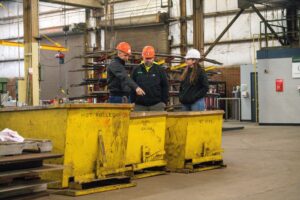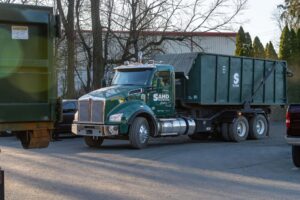September steel prices continued the drop we have seen for the past few months, albeit at a lower level of decline. Steel pricing has many factors that play into it, and a review of those items can help our customers understand why pricing can be so volatile.
Of all of the metals, steel seems to be most responsive to the traditional supply and demand dynamics. After a banner 2021 for steel and a strong start to 2022, the demand for new steel has steadily declined. After the ramp-up due to COVID and the supply chain disruptions that continue to roll through the system, steel seems to have been on a steady decline. Many believe demand got pulled so forward during the over-ordering frenzy as many were afraid to be left without supply during the pandemic. At some point, that inventory has to be worked off before we can get a spike in new production.
After scrap steel prices dropped in August, one of the biggest steel makers in America, Nucor, raised the price of new steel by $50 per ton. It was their first price hike since March, and many were skeptical that it could stick as demand slowed throughout the system.
Global Currency Impact
It’s hard to believe that international currency exchange rates dominate an industry that recycles, but it’s true! The relative strength of the US dollar impacts all metals, even steel. It depresses activity when foreign buyers must spend more money to buy dollars. Because Sahd Metal Recycling is located in the eastern part of the country and the Fastmarkets Philadelphia market, we are very impacted by the export steel market. A big demand for export steel pressures the domestic steel mills (in our case Cleveland Cliffs Coatesville and Steelton) to be competitive for the metal they need to purchase. If these domestic buyers know currency issues are hampering export, they can spend less money on their scrap. The CPI inflation report for August was released this week and helped the dollar spike to 110. The export market increased during the month of August, but it grew early in the month and dropped off of the higher levels midway through the month. This drop-off and loss of momentum caused softness in the domestic market.
Seasonality also is at play with the price of scrap steel. Mills and foundries often have maintenance and upgrade shutdowns during July and August. That loss of meting capacity in the summer creates less need for scrap, meaning, in theory, scrap dealers have more inventory. That inventory glut makes it more likely that scrap dealers will be more anxious to sell in the next few months, creating an oversupply of scrap metal to be purchased in the market.
This is not always the case, and any of our local scrappers know that these dynamics don’t always pan out. Customers who pick up metal as a service or those who schedule cleanups or pickups know that the increasing gas price has made the costs of providing this service more expensive. When scrap steel prices come down, it almost makes an effort to go out and collect scrap less worthwhile, keeping our customers home. Many customers don’t have a place to store metal, so instead of buying and collecting scrap, they stay home and pick up service when metal prices go back up. This creates a situation where less scrap steel flows into a scrap yard, and inventories become tight. This inventory tightening leads ultimately to higher scrap prices in a simple case of supply and demand!
Current Pricing, Bumps for Quality, and Upfront Industrial Formula Pricing
Sahd Metal Recycling is paying .08/lb for rotors, .07 for prepared steel, .06 for unprepared steel, and .05 for lite iron or machinery. Our industrial customers and those with large quantities have pricing formulas that are higher based on the quality of the metal. These metal grades include busheling and foundry scrap that can command a higher price after torching. These formulas also bounce up and down with the market flow, and our subscription to Fastmarkets AMM pricing is the base for where the formula pricing is derived.
Grades of Steel at Sahd Metal Recycling
Rotors are paid a higher price as they are known items with known chemistry, and foundries buy them. Prepared steel is heavy mill grade steel of varying chemistry, cut down no greater than 2 feet by 5 feet. No cylinders, pinched or concealed units, or anything that could trap water are graded for any mill sale as the safety issue they create makes them unwanted at mills. These items can be bought if fully detached and drained of any fluid by international buyers. Unprepared steel is the same but can be bulkier and not cut down. Sahd Metal Recycling has equipment; here’s a short video showing Ed and our shear in action!
Lite iron is a grade of steel lite metal and is often in appliances that do not include freon. These steel grades are often mixed with more non metallics that get shredded by a shredder and can have some non-ferrous in them that get sorted out if the shredder has the correct downstream sorting process.
Machinery is a mixed grade, can include heavy and light, and is often unprepared–there is the most sorting work and processing here, so the price is often the lowest.
Sahd Metal Recycling plays a part in creating a sustainable world, and recyclers like our company are necessary to process metals and make them usable and safe for foundries and mills; without us, there would be no way to recycle on the scale our world does and to build the economy of the future. We are members of ISRI, the Institute of Scrap Recycling Industries, and they put together this summary on recycling very interesting metals.
ISRI Summary on Scrap Metal Recycling
Iron and steel, also known as ferrous metals, are the most recycled materials in the United States and worldwide. Ferrous metals come from consumer products such as automobiles, household appliances, and industrial products, including buildings, railroad tracks, ships, and farm equipment.
Recyclers use shredding, shearing, and other techniques to process the material in steel mills. The recycled iron and steel are then used in automobiles, bridges, buildings, public transportation, heavy equipment, and other materials.
Recycling Ferrous Metals Is Essential
Manufactured into New Steel
Recycled iron and steel are the most important raw material inputs for U.S. steel production. In 2019, U.S. steel mills consumed more than 60 million metric tons of recycled material to produce 87 million metric tons of steel.
Recycled Vehicles a Top Source for Manufacturers
The largest single source of obsolete iron and steel in the United States is end-of-life vehicles, providing more than 13 million tons annually. Recycling steel from automobiles is estimated to save the equivalent energy necessary to power 18 million homes annually.
Protecting the Environment
Producing new steel from recycled content requires 60 percent less energy and reduces CO2 emissions by 58 percent compared with producing steel from virgin materials.
Saving the World’s Natural Resources
Recycling one car saves more than 2,500 lbs. of iron ore, 1,400 lbs. of coal, and 120 lbs. of limestone. According to recent data, the industry recycles approximately 17 million vehicles in the U.S. annually.
Serving As A Major Export
The U.S. is the world’s leading recycled iron and steel exporting country, selling to buyers in 70 countries worldwide and generating about $5 billion in export sales.
FUN FACTS
- You can tell if something is ferrous by holding a magnet. If the magnet sticks, it is iron or steel.
- On average, the United States processes enough iron and steel daily to build 25 Eiffel Towers.
As with everything, if you are unsure what metal you have, give us a shout, and we will be happy to look at pictures and evaluate. If it’s metal, we will take it to Sahd Metal Recycling!


